The 10 Most Mysterious Ancient Sites in Britain [PHOTOS]
From the Orkneys to Cornwall, the UK's ancient sites still fascinate and baffle us as we head into 2014.
1. Ness of Brodgar, Orkney, Scotland
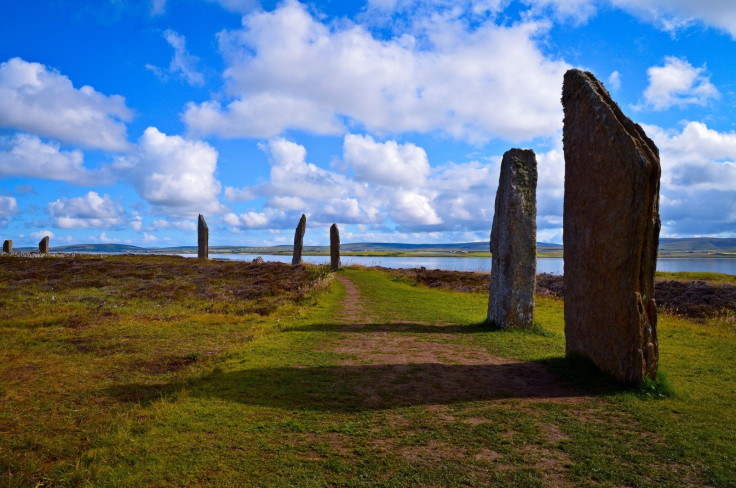
The Ness of Brodgar is comparable with Stonehenge or the wonders of ancient Egypt. Yet the temple complex predates them all. Its size, complexity and sophistication have left archaeologists desperately struggling to find superlatives to describe the wonders they found there.
"We have discovered a Neolithic temple complex that is without parallel in western Europe. Yet for decades we thought it was just a hill made of glacial moraine," said Nick Card, Brodgar's director of excavations.
It was once protected by two giant walls, each more than 100m long and 4m high. The complex at Ness contained more than a dozen large temples – one measured almost 25m square – that were linked to outhouses and kitchens by carefully constructed stone pavements. The bones of sacrificed cattle, elegantly made pottery and pieces of painted ceramics lie scattered across the site. The exact purpose of the complex is a mystery, though it is clearly ancient. Some parts were constructed more than 5,000 years ago.
Card added: "We need to turn the map of Britain upside down when we consider the Neolithic and shrug off our south-centric attitudes. London may be the cultural hub of Britain today, but 5,000 years ago, Orkney was the centre for innovation for the British isles."
2. Creswell Caves
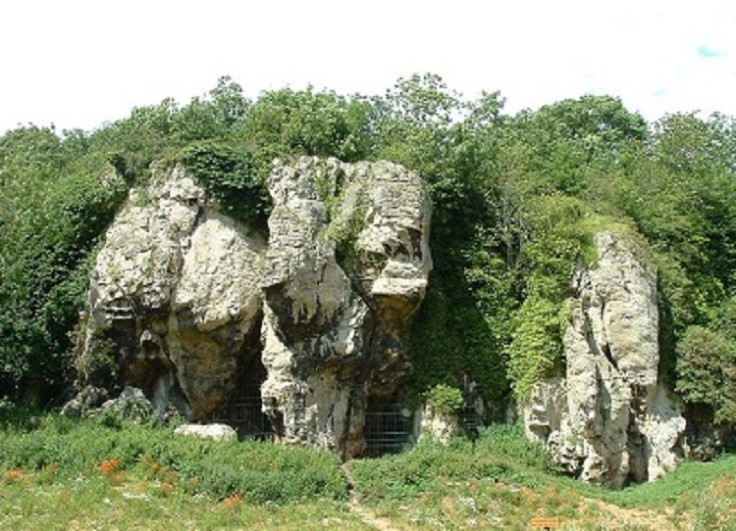
Archaeological evidence shows the awe-inspiring caves near Sheffield were used for shelter not just by our modern human ancestors but also by our Neanderthal cousins, who occupied northern Europe and Britain before the coming of the last Ice Age more than 30,000 years ago. One of the caves, known as Church Hole, has become famous as the location of the most northerly Palaeolithic cave art yet discovered.
The work of hunters who penetrated the British peninsula of northern Europe 13,000 years ago, they are wonders to behold. Animals like bison and ibex, as well as birds like the ibis, and other abstract forms were etched into the limestone walls of the cave by an artist (or artists) living within a few miles of the nose of the glacier itself. It was a world unimaginably different from ours, and much colder and tougher, and yet some of the hunters travelling in pursuit of the reindeer herds upon which their lives depended set aside time to make works of art.
3. Glastonbury Tor, Somerset
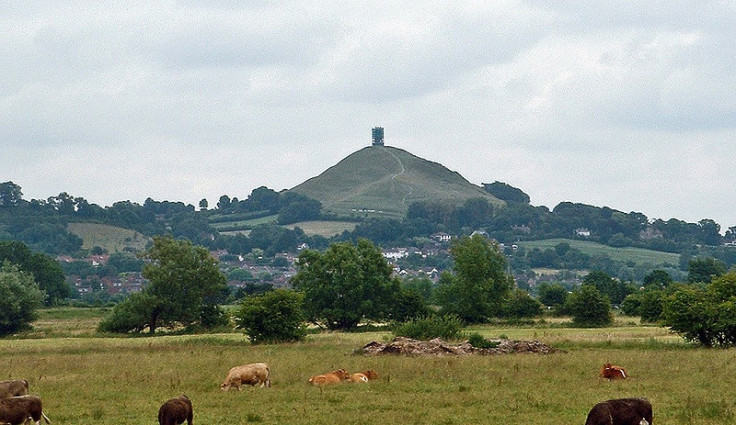
The Tor is no ordinary hill: People develop personal and profound relationships with it. It was recognised as a holy hill for millennia. In ancient times it was prone to seasonal inundation by the sea. It was for this reason that adherents of the Arthur legend allowed themselves to see the Tor as Avalon, the island to which the king was carried so that he might recover from wounds suffered while fighting Mordred. Other folk myths have Joseph of Arimathea arrive at Glastonbury with the Holy Grail. His staff is supposed to have taken root as the Glastonbury thorn - which flowers at Christmas time - and the holy grail itself is said to be buried nearby. In 1191, monks at Glastonbury Abbey claimed to have found the graves of Arthur and his queen Guinevere and the site became a place of pilgrimage.
4. Goat's Hole Cave, Paviland, Gower Peninsula, Wales
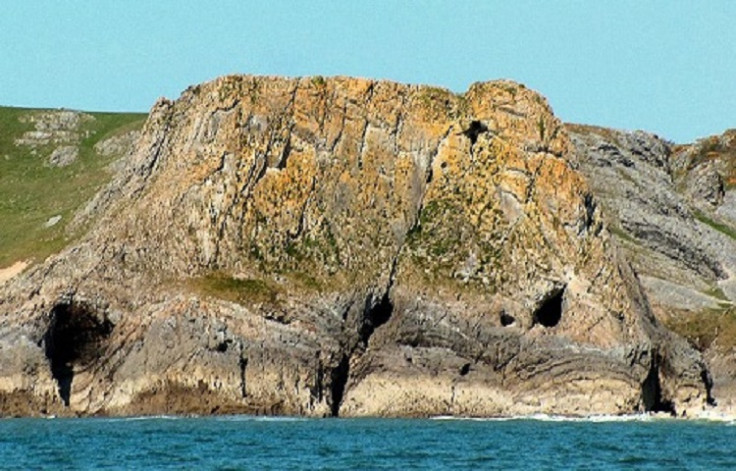
It is one of the most famous caves in the world, thanks to an archaeological find during the 1800s. The pear-shaped cave entrance 10 metres high by 7 metres wide is found within the limestone cliffs of Paviland. Goat's Hole West/Hound's Hole is one of the larger Paviland caves.
In total, finds at Goat's Hole include over 4,000 worked flints, animal teeth, necklace bones, stone needles and mammoth-ivory bracelets. These can be viewed at Swansea Museum and the National Museum of Cardiff.
In the 19th century, an archaeologist named William Buckland uncovered an ancient human burial. Noticing at once that the bones were stained with red ochre and the grave also contained items of ivory "jewellery", he assumed it to be the remains of a woman. The find was known thereafter as The Red Lady of Paviland. In fact, the Red Lady was a man and recent Modern tests obtained from the remains reveal he lived and died around 33,000 years ago.
5. Avebury Stone Circle, Wiltshire

The great stone circle of Avebury was built during the third millennium BC. It is technically a henge monument - a circular area of ground contained by a bank and ditch - containing three stone circles. The great ditch that encircles the whole is itself more than 10m deep and the towering outer bank created from the digging of the ditch would have concealed all activity within from prying eyes. The sheer effort involved in creating the monument - digging the ditch by hand, moving and raising the giant sarsen stones that form the circles needs to be respected. Even the sober and scientific archaeologists who study the site today will admit to being dumbstruck with admiration about such a work of creativity and imagination.
6. St Nectan's Glen, Cornwall
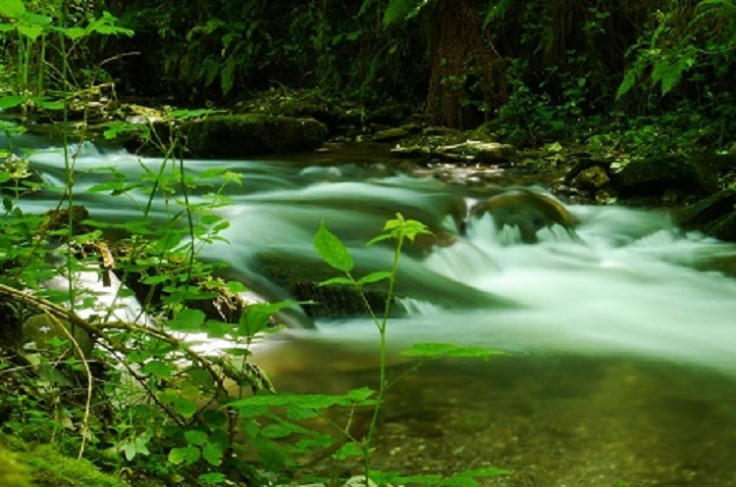
St Nectan's Glen is in an area of outstanding natural beauty. Walk to the waterfall and hermitage through an ancient woodland of ivy-clad trees and along the banks of the sparkling river Trevillet. It is a place where animals and birds play and has a reputation for harbouring fairies, pixies and spirits in its green depths. The area has been appointed a Site of Special Scientific Interest (SSSI) due to its rare plant species. Once revered by pre-Roman Celts, who venerated the spirit of the water, and later associated with the 6th Century Saint Nectan, it is still visited today by thousands of people. The Arthurian myth is here, too, and folk believe the king and his knights came to the glen to be blessed, before heading out in search of the Holy Grail. Christians, Buddhists, pagans and curious visitors with no religious beliefs of any kind are drawn to the place to this day.
7. Iona, to the west of Mull, Scotland

St Columba, the man credited with converting the Scottish Gaels to Christianity, fled or was driven out of Ireland in 563 AD. He attended the inauguration of King Aedan mac Gabhrain in 574 and for his efforts was awarded the island of Iona. It was there that he and his followers established a Christian community, which in time became one of the beacons of European Christianity. As well as the faith, Columba and his ilk brought literacy to the tribes. The community on Iona brought stability to much of the west of Scotland and the life of the saint was made immortal by the hand of Adomnan, a later abbot of Iona who wrote, The Life of Saint Columba.
8. Goldcliff, near Newport, Wales
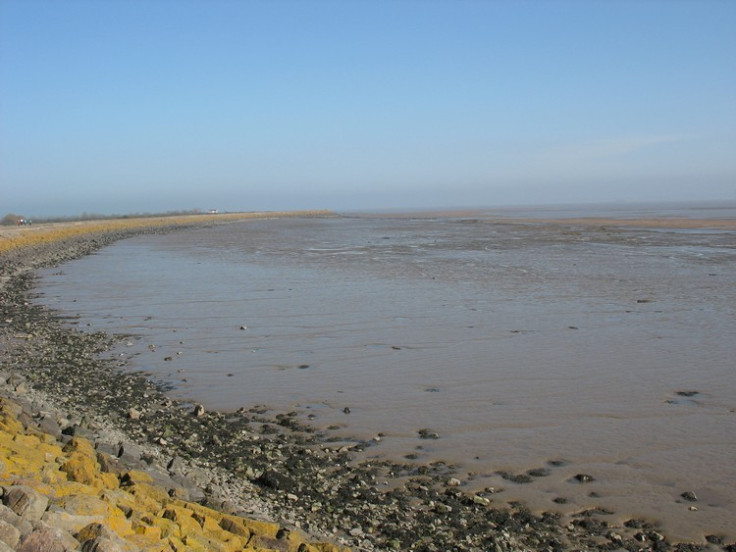
Hidden in the laminated silts of the Severn estuary foreshore at Goldcliff are 8,000-year-old (mesolithic) human footprints and the intertidal region of the coast near Goldcliff has attracted considerable archaeological interest. Trails of prints, made by men, women and children as well as by animals and birds, were preserved by chance for millennia beneath layers of mud, silt and peat. Now being exposed once more, thanks to more recent changes in the route of River Severn, they are the most ephemeral traces of humanity imaginable. They are not fossils - the mud is still mud and has not been turned to stone - they are exactly as they would have looked when those long-ago hunters made them.
9. West Kennet Longbarrow, Wiltshire
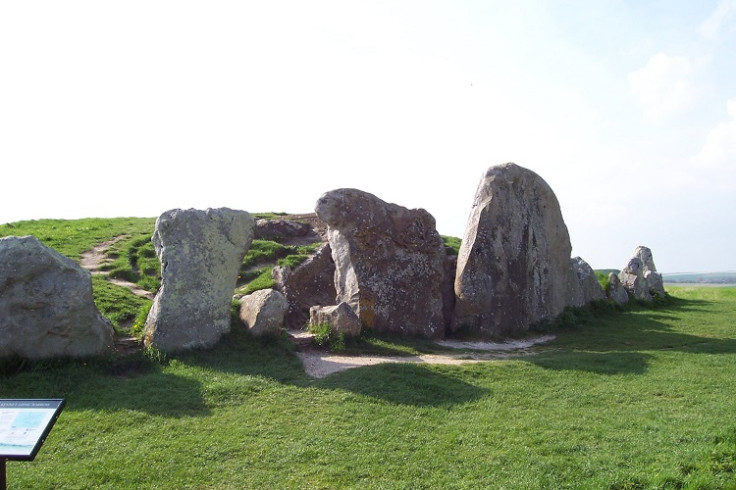
One of the largest, most impressive and most accessible Neolithic chambered tombs in Britain. It was built in around 3650 BC and was used for a short time as a burial chamber, nearly 50 people being buried here before the chambers were blocked. At some point in ancient times this decision was achieved by hauling into position and then erecting a facade of huge sarsen "blocking stones" that barred the entrance. Archaeologists believe tombs like West Kennet were built by the early farmers as part of a means of laying claim to the land. By being able to point to the tomb and say "my father's bones are in there and those of my father's father and my father's father's father", the community could feel entitled to defend their territory.
10. Canterbury Cathedral
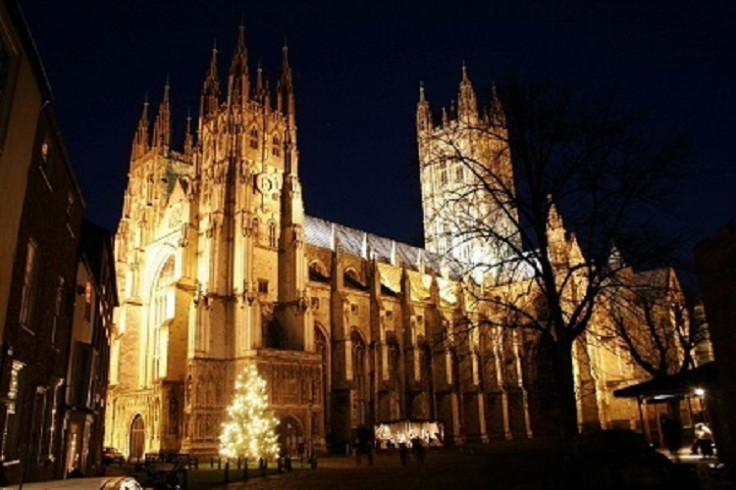
One of the oldest Christian structures in England - and perhaps the most famous - Canterbury Cathedral is one of Britain's sacred wonders and forms part of a Unesco World Heritage Site. The first church there was founded by Saint Augustine, sent by Pope Gregory the Great to convert the Anglo Saxons to Christianity towards the end of the 6th Century. It has been a focal point for Christians ever since but earned a special notoriety following the murder, in 1170, of Archbishop Thomas Becket, apparently on the orders of King Henry II. His murder horrified the Christian world. But soon afterwards there were reports of miracles and Becket's grave became a celebrated destination for pilgrims.
© Copyright IBTimes 2025. All rights reserved.






















